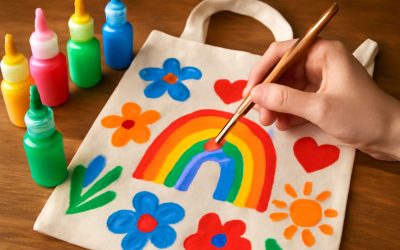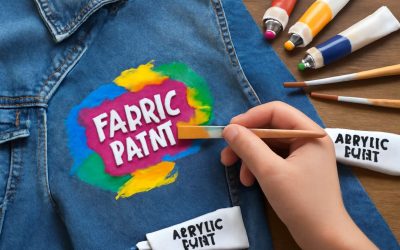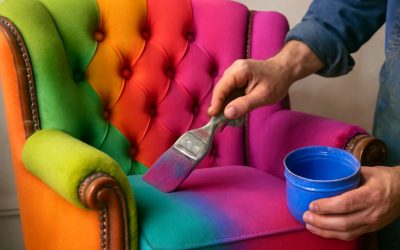
Textile art is a form of art that uses fabric and thread to construct functional or decorative objects. Throughout history, textile arts have been used to communicate ideas and serve as a form of personal expression. Today, artists have embraced the versatility of fabric to convey themes and create visual depth in their works.
From the beginning of human civilization, humans have used fibers to make clothing and other functional items for their homes. During the neolithic era, making cloth was a time-consuming process that required collecting and twisting plant or animal fibers into yarn to weave them together. This process was only possible due to advances in technology, such as the cotton gin and spinning jenny. The invention of these tools made it easier to produce large quantities of yarn, opening the door for mass production and lower prices. The Industrial Revolution dramatically altered people’s relationships with textiles, and it was this change that set the stage for today’s widespread use of this versatile medium.
Fabric has been used as a symbol of wealth, status, and power throughout the history of mankind. Aristocrats were able to afford expensive fabrics like silk and woven brocade, which they would then use to dress their bodies and decorate their palaces. Textiles could also be used to communicate political and social ideas, such as in the Bayeux Tapestry, a needlepoint embroidery with wool yarn depicting the story of William the Conqueror’s battle with the Normans.
The use of fabric for these purposes is a powerful one, as it serves to preserve and record stories from the past. For example, in the Miao tribe, women are taught weaving, fabric dyeing, and embroidery from the age of four, and this allows them to pass down knowledge of their ancestors, natural world, and spirituality to future generations. These techniques are also a way for them to communicate societal and cultural values, as the Miao culture doesn’t have its own written language. Embroidery is often considered the “women’s script,” and it has been described as “the other writing of a people without a written language.”
In modern times, artists have continued to embrace the versatility of fabric to convey their ideas and messages. For example, the popular techniques of knitting and crochet are now being adapted by artists to create unique sculptural forms. Joana Vasconcelos has used crochet to cloak animal statues in colorful patterns and the artist Olek has even “yarn bombed” buildings, covering them with brightly colored thread.
The beauty of fabric is that it can be shaped into virtually any object or shape, and its malleability makes it an ideal medium for artistic expression. Artists such as Serge Attukwei Clottey have used fabric to explore notions of family, ancestry and spirituality through their work, such as the piece My Mother’s Wardrobe. Through this practice, he examines gender roles and the power of textiles as containers of memory and identity. Yinka Shonibare’s recreations of historic European costumes also unpack the role that textiles have played in colonialism and global trade.



0 Comments